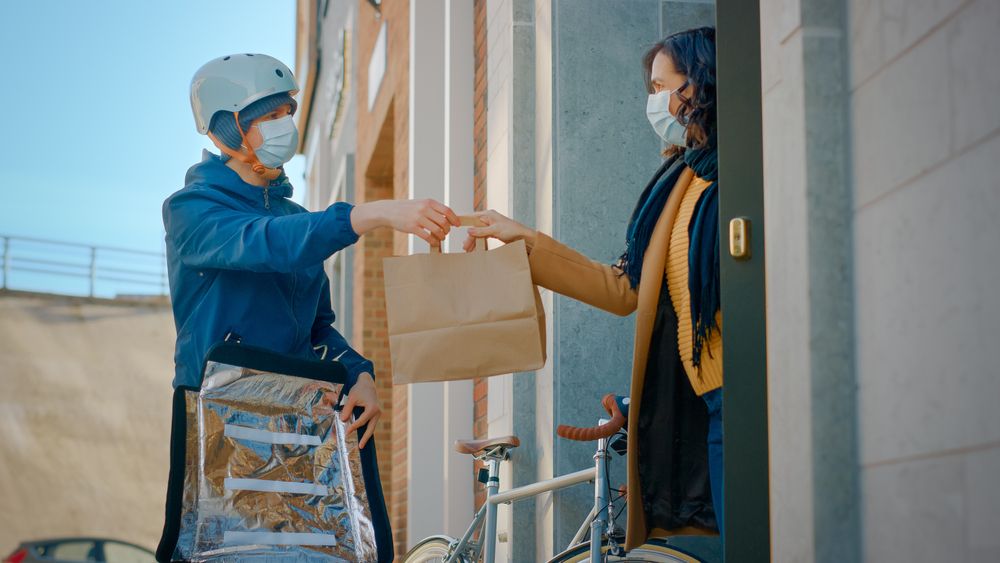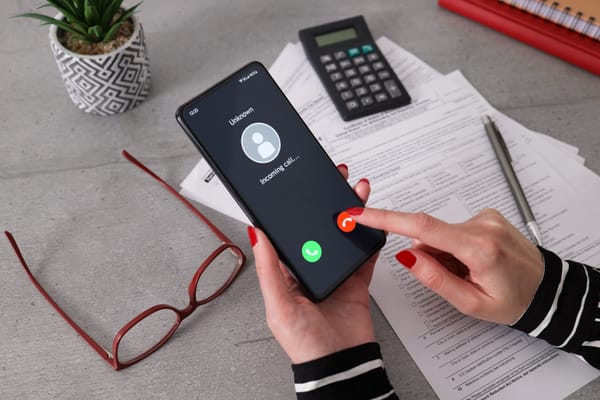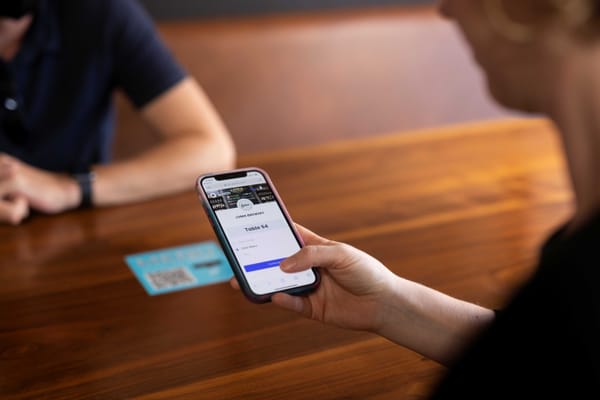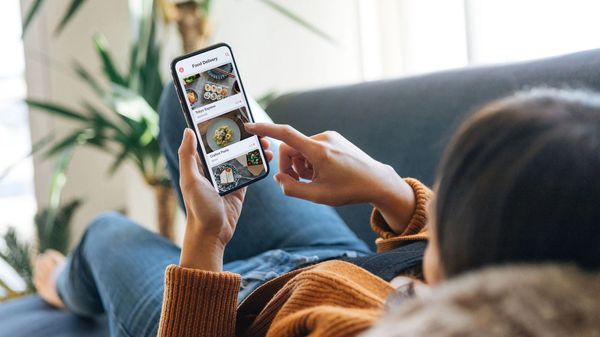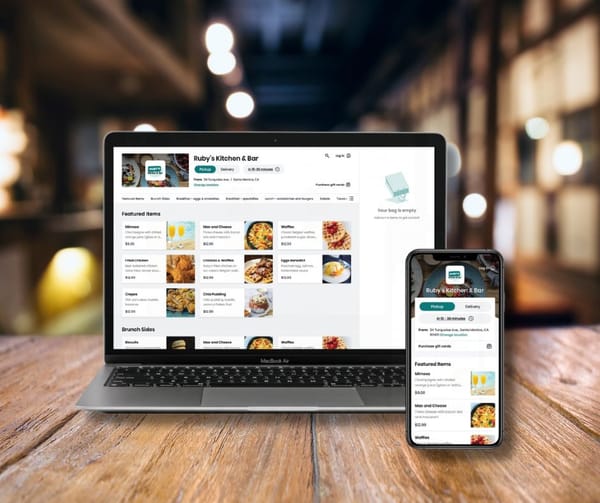To run your own in-house delivery service or to team up with an external partner that bakes door-to-door logistics and marketing into its fees — that is the question for many restaurants.
As consumers get hungrier for food delivery, restaurants must find delivery solutions that work for their businesses, their guests, and their employees. In-house delivery and third-party services have benefits and limitations, but there are also a ton of systems in place that are helping restaurants navigate the hurdles on each path.
Delivery in the age of COVID-19.
In its 2019 report Meals on Wheels: The Digital Ordering and Delivery Restaurant Revolution, L.E.K. Consulting projected restaurant delivery sales to grow at more than three times the rate of on-premises sales by 2023, with much of that increase fueled by digital orders. And that was before COVID-19.
As states closed dining rooms or placed restaurants under strict capacity limits due to the pandemic, delivery became a lifeline for restaurants. Those without delivery options hustled to create their own delivery services or partnered with external delivery programs to withstand the pandemic's impact.
Delivery helped restaurants stay connected to guests, retain staff, and pay the bills. For some restaurants, delivery became their sole touchpoint with guests — and their only source of sales.
Consumers, meanwhile, placed an unprecedented number of delivery orders in 2020. Ordering delivery afforded guests a safe, convenient way to enjoy meals from their favorite restaurants — along with a touch of familiarity and comfort during tough times.
As restaurant delivery and digital ordering surged, years' worth of technological adoption took place over the course of a few months. By 2025, consumer insights firm Incisiv predicts digital ordering will account for nearly half of all orders at limited-service restaurants — approximately 70% higher than pre-pandemic projections.
Building an in-house delivery program.
Thousands of restaurants run in-house delivery programs every day, but it does take work.
In order to get started in this process, you'll need to:
- Draw up delivery areas rooted in sensible drive times
- Hire and manage drivers
- Purchase insurance to cover delivery operations
- Create a system to get orders through the kitchen and into guests' hands
It's a continuous learning process, and you'll need to adjust operations on the fly to ensure efficient, coordinated movement. Such consistent effort provides you with something invaluable though: ownership of the process. You also get to keep the full sale amount (minus delivery staff costs) and all your guest data, which can propel additional marketing efforts.
For some restaurants, building and maintaining a delivery program might feel like too much work, but thoughtful technology solutions can support restaurants seeking end-to-end control of their delivery process.
Online ordering, for instance, can facilitate a seamless and profitable in-house delivery service. With full point-of-sale integration, online orders travel directly into the kitchen. That way, you can focus on last-mile delivery, develop smart workflows, and build out your delivery team.
Online ordering can also enhance the guest experience by keeping their information and credit card numbers on file and by providing convenient features such as three-click reordering. It can also open the door to other tech-fueled, bottom-line-boosting features, such as loyalty programs that can spur repeat visits, comprehensive reports that can inspire operational improvements, and improved back-office oversight that can help you better manage labor and payroll.
Outsourcing delivery.
Since the first COVID-19 outbreak, many restaurants have contracted third-party delivery services or expanded their third-party delivery offerings. It's easy to understand why: With a ready-made fleet of drivers and existing digital platforms to collect orders, third-party partners can effectively provide delivery-in-a-box services. Additionally, by outsourcing delivery:
- You don't have to create delivery systems from scratch.
- You don't have to hire extra personnel, manage drivers, or worry about the liability of on-street operations.
- You can promote and execute delivery simply by integrating orders from third-party partners into your existing carry-out business
- In some cases, you can have delivery up and running at your restaurant almost overnight.
However, third-party delivery's fast-achieved benefits come at a cost: loss of control and major commission fees.
If you use a third-party delivery service, quality control is out of your hands once the food leaves your kitchen. If a guest's meal arrives late, cold, or incorrect, your restaurant would be responsible — even if the third-party service is at fault. The other major downside to handing over control to a third party is loss of customer data. Many of the delivery apps on the market store customer data, like purchase history and preferences, without making it available to restaurants. Worse still, some apps use that data to market other restaurants on their platform to your customers.
By far the biggest kicker is cost. When restaurant margins are already razor thin, a 20-40% delivery commission really hurts. For some, the numbers just don't add up.
A profitable third option.
The good news is that a new option has emerged with some third-party delivery services linking up with restaurant technology providers to support lower-cost delivery options and minimize other common pain points. Through these unique partnerships or "white label" options, restaurants can expand their online ordering system to incorporate delivery without having to hire drivers or give away valuable data and revenue. Exorbitant commissions have been traded in for a transparent flat fee per order, which you can decide to charge to your guest, split with your guest, or waive. Customer data is shared with you to follow-up with marketing campaigns or loyalty offers.
Making the move into delivery.
The COVID-19 pandemic increased our use of digital ordering, third-party delivery apps, and contactless service — all of which cemented delivery's presence in the marketplace.
With restaurant delivery showing no signs of retreating, you need an actionable strategy, whether it's creating your own in-house delivery service, leaning on an external partner or going with the new "white label" solution that brings both options together. To make this important, though challenging decision, consider your finances, your operations, and your market as well as your access to delivery vendors, your vision for how you want to interact with guests, and, importantly, how your restaurant's existing technology, such as online ordering, meshes with an in-house delivery program or third-party delivery. With some thoughtful reflection and evaluation, you will be able to make an informed decision on the best path forward for delivery at your restaurant.


